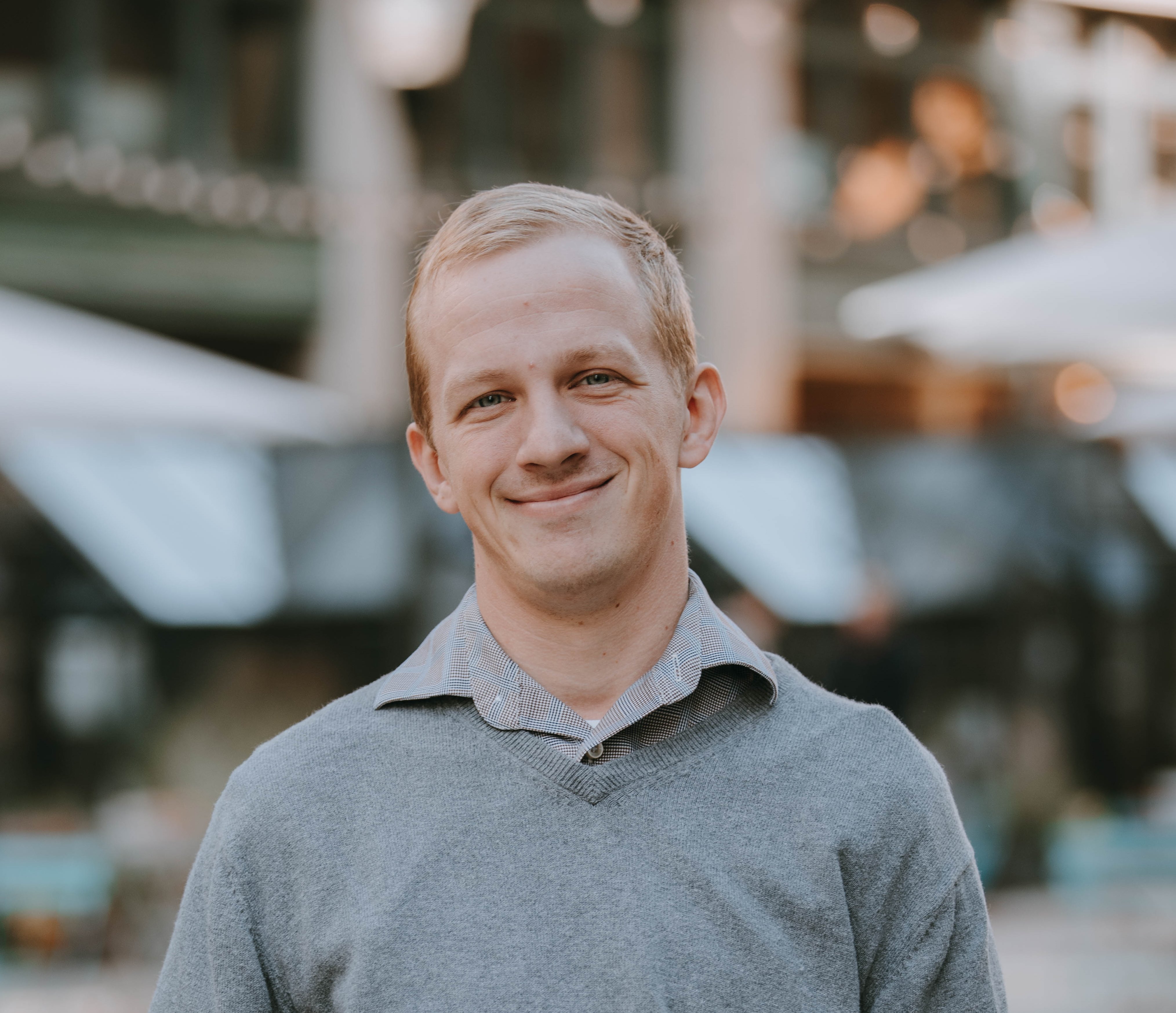 Young women dressed in traditional Polish dance costumes gathered at St. Hyacinth Parish in Detroit on March 11 for the 16th annual blessing of the Polish American Dance Ensembles, who perform across the archdiocese throughout the year at festivals and events emphasizing Polish culture. Photos by Dan Meloy | The Michigan Catholic
Young women dressed in traditional Polish dance costumes gathered at St. Hyacinth Parish in Detroit on March 11 for the 16th annual blessing of the Polish American Dance Ensembles, who perform across the archdiocese throughout the year at festivals and events emphasizing Polish culture. Photos by Dan Meloy | The Michigan Catholic16th annual blessing of Polish dancers brings centuries-old culture to life
DETROIT — Dancers in fancy costumes with tassels and Hussar Cavalry in winged armor processed down the main aisle of St. Hyacinth Parish on Detroit’s east side March 11 in a celebration of all things Polish.
The 16th annual Blessing of the Polish American Dance Ensembles featured 13 ensembles representing dancers and Polonia culture from all over Metro Detroit.
“This area was known as Poletown, so this is us going back to where our roots began,” said Joe Jaczkowski, coordinator of the blessing. “My parents and grandparents helped build this church, and this blessing is a way of passing on the Polish tradition to the next generation.”
The 13 dance ensembles, donned in costumes representing the different regions in Poland, processed down the aisle with celebrant, Fr. Radoslaw Zablocki. The dancers were flanked by two men wearing armor resembling that of the Polish Hussars, the famed Polish Cavalry known for their distinctive “winged-armor” designed to intimidate their enemies.
“Every year we try to emphasize a new aspect of Polish culture and heritage for our youth to learn,” Jaczkowski said. “This year it is the Polish winged Hussars. The point is to show our youth there is a lot to be excited about in Polish culture, and it gets them to come back year after year.”
During the Mass, the 13 ensembles each presented a gift during the offertory representing a different aspect of Polish culture.
“When I look at today, I see it as a great chance to educate,” said Micheline Jaminski, vice president of the Polish Roman Catholic Union of America, the oldest Polish fraternal order in the United States.
“Some people who live in Poland don’t know they have such rich, beautiful costumes and dances,” Jaminski said. “I believe the Polish dance is something anyone can see and enjoy and relate.”
 Two men wear winged armor resembling the Polish Hussars, a famed 16th to 18th century cavalry known for their unique heavy armor designed to intimidate foreign armies.
Two men wear winged armor resembling the Polish Hussars, a famed 16th to 18th century cavalry known for their unique heavy armor designed to intimidate foreign armies.Jaminski explained the Polish American Dance Ensembles spend most of the year performing at concerts, weddings, baptisms and festivals, in addition to younger dancers participating in charitable events to help the poor.
“Polish people love to sing and dance; they have a spirit that has kept them going forever and ever,” Jaminski said. “This year marks 100 years of Poland regaining its independence. It was wiped off the map for 123 years, invaded by three different counties. But yet somehow this country and its culture continues; that Polish spirit continues.”
Alexander Szyndlar is in his ninth year representing the Lowicz Dancers, who brought Wycinanki, a Polish paper-cutting craft from the Lowicz region of Poland.
“My grandparents were at the St. Anne’s Sausage Festival (in Warren) and saw the Polish dancers, and they turned to me and said maybe me and my sister might be interested in that,” Szyndlar said. “That’s how we got into dancing, and now my sister is the queen of our dance troupe.”
Szyndlar explained his costume was donned with loose-fitting sleeves and tassels to emphasize movement, especially important in the Krakowiak, the national dance of Poland.
“I’ve learned that some dances can be very strict and educated, but others are fun and really carefree,” Szyndlar said. “But with all our dances we have our long-sleeve white shirts to make our arms seem longer and more fluid, and the pants and boots with red tassels, again to emphasize movement. Then we finish it with our boots, so it sounds like we’re stomping when we step. And it all goes together, the movement and the sound of the stomping. It’s our way of celebrating our Polish culture.”










